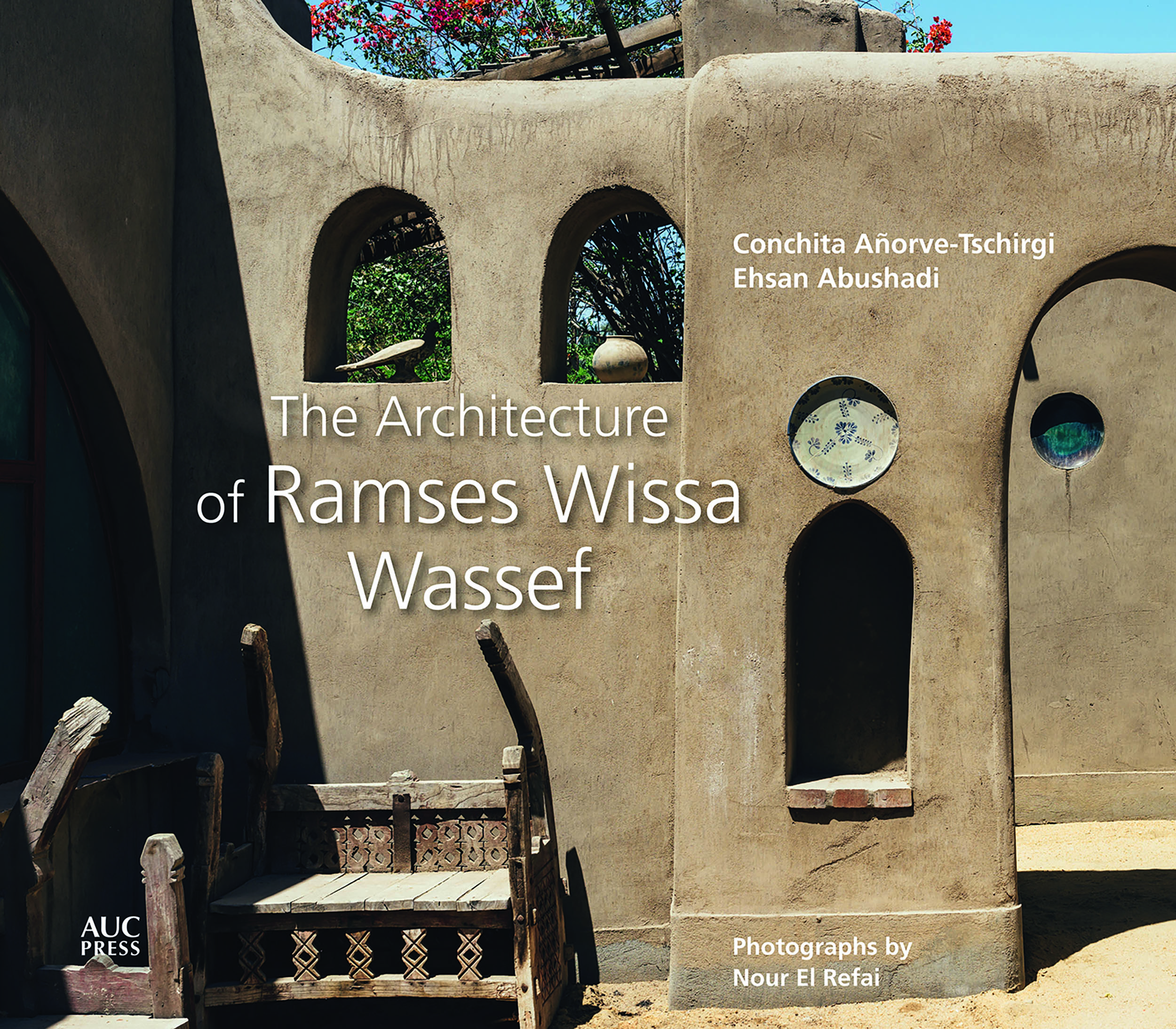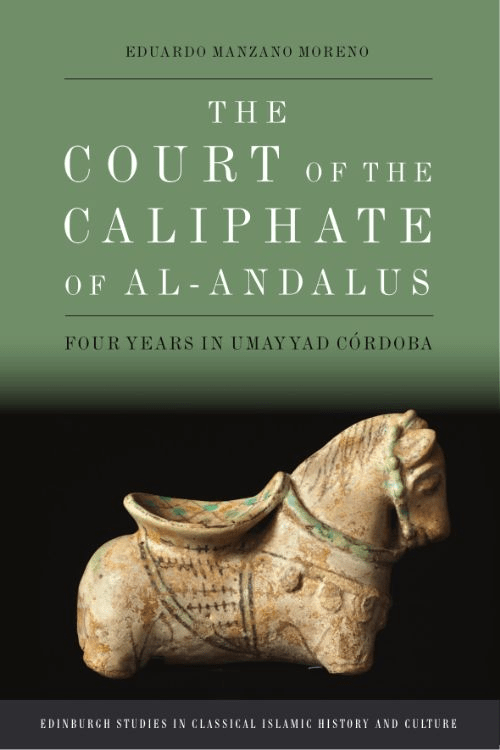
The Architecture of Ramses Wissa Wassef
Kyle Pakka
Conchita Añorve-Tschirgi and Ehsan Abushadi, eds.
2021, AUC Press, 978-9-77416-924-3, $59.95 hb.
Visitors to Egypt may be aware of Ramses Wissa Wassef by having visited his Art Center near the Giza Pyramids. Founded in 1952 with the aim of reviving traditional Egyptian architecture and crafts, the center’s vaulted and domed mud-brick buildings set amidst palm trees leave an impression as indelible as the tapestries of village life for which the center is renowned. Less well-known are his other projects, including churches, homes, schools and museums, all of which engage with the architectural legacy of Egypt, drawing upon the vocabulary shared by Pharaonic, Coptic and Islamic periods. Recipient of the Aga Khan Award for Architecture, Wassef is remembered for his pioneering efforts in sustainable architecture, reviving the use of native materials such as adobe and stone to meet local climatic needs. This handsome and timely volume represents the first comprehensive catalog of Wassef’s works, much of which is nonextant—some projects were never built, while others have been demolished.
